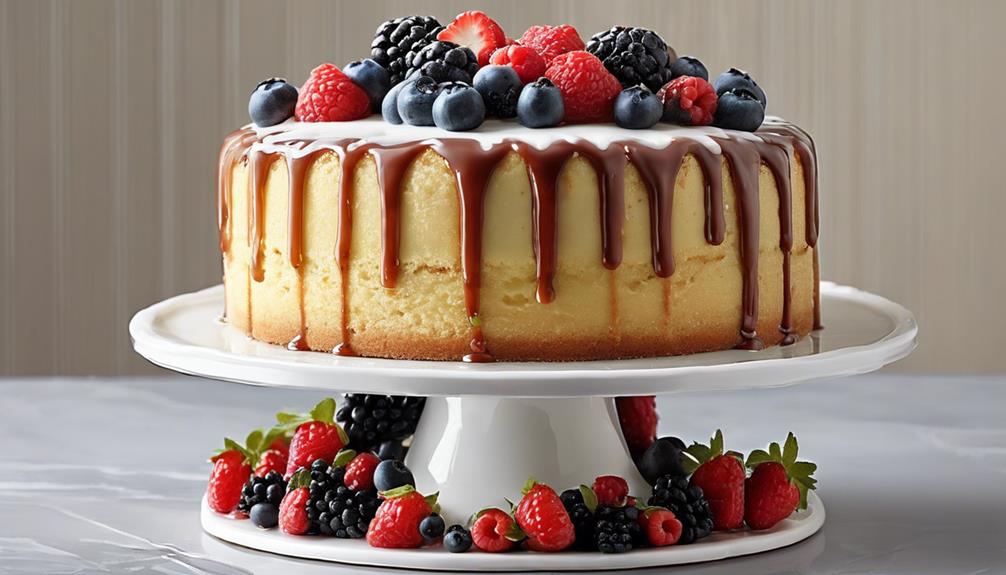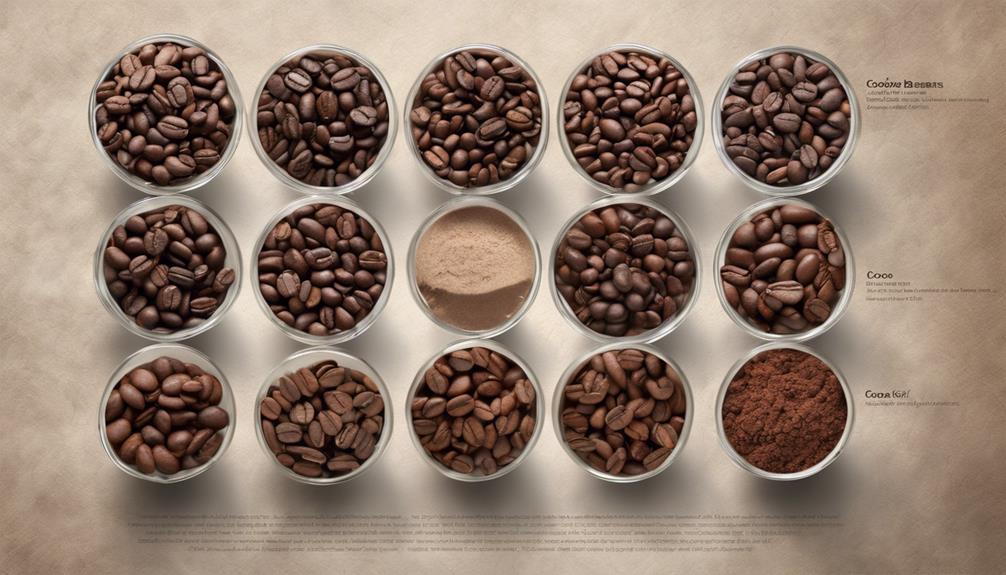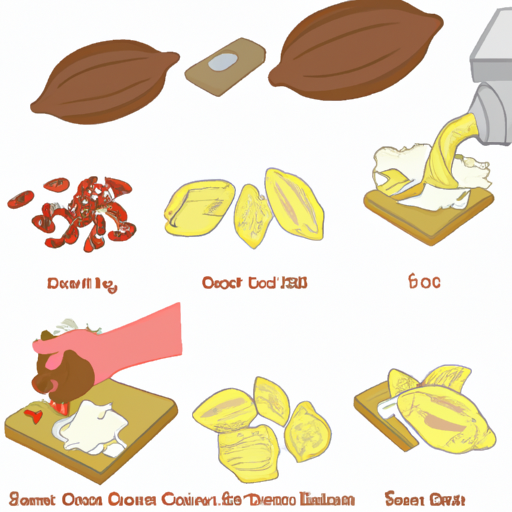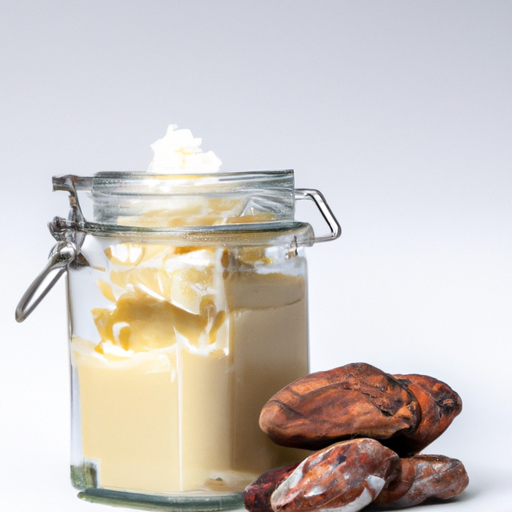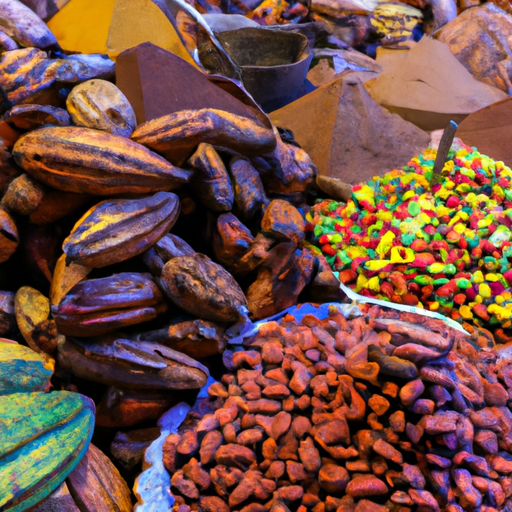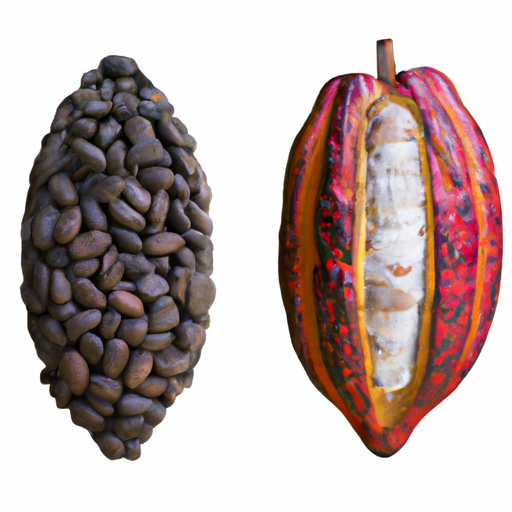In the comparison between sponge cake and pound cake, the competition showcases specific qualities in terms of texture, flavors, baking techniques, and decorative options, offering a comprehensive guide to choose the perfect cake for any occasion. Sponge cakes are known for their light and airy consistency achieved through the mixing of eggs, sugar, and flour, making them ideal for layered cakes. On the other hand, pound cakes are distinctive for their dense texture resulting from a generous amount of butter, making them versatile for decorating and special events. Each type of cake offers unique characteristics that cater to different tastes and preferences, emphasizing the importance of recognizing their distinctions to create the ultimate dessert.
Key Takeaways
- Sponge cake offers a light and airy texture, perfect for absorbing flavors.
- Pound cake boasts a rich and dense structure due to high butter content.
- Sponge cake excels in delicate and mild flavors, ideal for tea or coffee pairing.
- Pound cake is sturdy and reliable for elaborate decorations and special occasions.
- Sponge cake is versatile for intricate decorations, while pound cake provides a solid base for tiered cakes.
Texture Differences Between Sponge and Pound Cake
Comparing the textures of sponge and pound cake reveals striking differences in their bounciness and density. Sponge cake, with its light and airy structure, resembles a springy sponge when touched. This characteristic is achieved by whisking whole eggs with sugar and flour, creating a delicate yet resilient crumb. In contrast, pound cake boasts a denser quality, attributed to the generous amount of butter incorporated into the batter. The weight of pound cake can vary depending on the butter content, resulting in a more substantial mouthfeel compared to the fluffy nature of sponge cake.
Sponge cake's bounciness allows it to absorb flavors and additions exceptionally well, making it a popular choice for layered cakes or desserts requiring syrups. On the other hand, pound cake's density gives it a sturdier foundation, ideal for bundt cakes or slices served on its own. Understanding these texture disparities between sponge and pound cake can help in choosing the right type of cake for different occasions or recipes.
Flavor Profiles of Sponge Vs Pound Cake
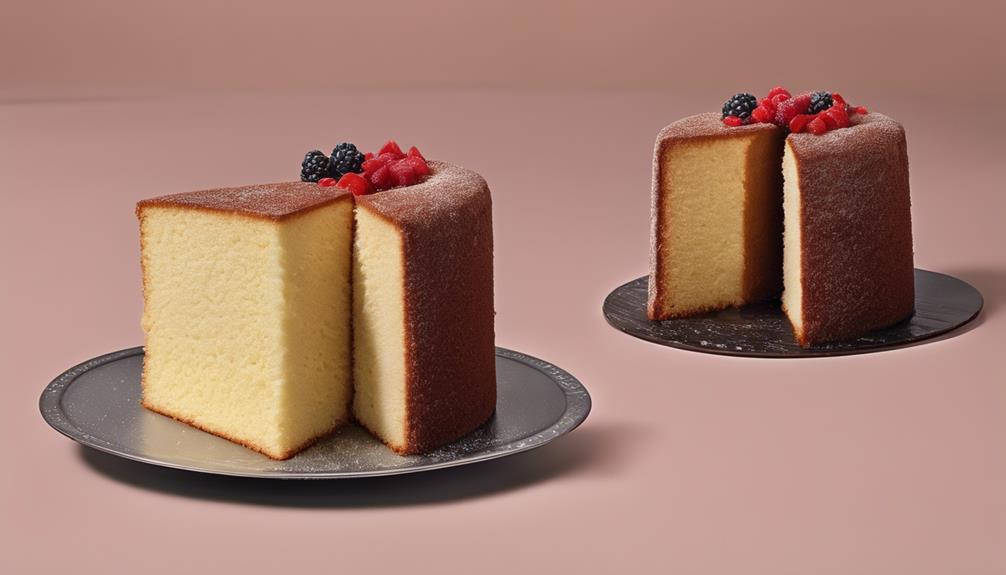
When savoring a slice of sponge cake versus pound cake, one immediately notices the contrasting flavor profiles that define these two classic desserts.
- Sponge cake tantalizes the taste buds with its delicate and mild flavor profile, complemented by a light and fluffy texture that feels like a cloud in your mouth.
- In contrast, pound cake offers a rich taste sensation attributed to its generous butter content, providing a more filling experience compared to the airy sponge cake.
- The flavor of sponge cake is subtle and ideal for casual snacking, pairing perfectly with a cup of tea or coffee to enhance its light and fluffy nature.
- On the other hand, pound cake's denser and heavier eating experience makes it a popular choice for special occasions like birthday parties, where its robust flavor profile can be enjoyed by many.
- Whether you prefer the delicate allure of sponge cake or the indulgent richness of pound cake, the distinct flavor profiles of these desserts cater to various preferences and occasions.
Baking Techniques for Sponge Cake
As we explore the art of baking a sponge cake, the key lies in mastering the delicate balance of incorporating air into the batter for that signature light and fluffy texture. To achieve this, beating air into the whole eggs and sugar is essential. This process not only provides the leavening necessary for the cake to rise but also creates the airy, delicate crumb that defines a sponge cake. The high ratio of eggs to flour in sponge cake recipes contributes to its light and bouncy texture, making it a favorite for layered cakes and special desserts.
When it comes to baking techniques for sponge cake, the careful folding of flour into the beaten egg mixture is vital. This step ensures that the air previously beaten into the eggs is retained, resulting in a fluffy and airy cake. The gentle folding motion helps maintain the airiness of the batter, leading to a soft and tender crumb once baked. Paying attention to this detail will help you achieve that perfect sponge cake texture that's ideal for soaking up flavors and creating delightful dessert creations.
Baking Techniques for Pound Cake
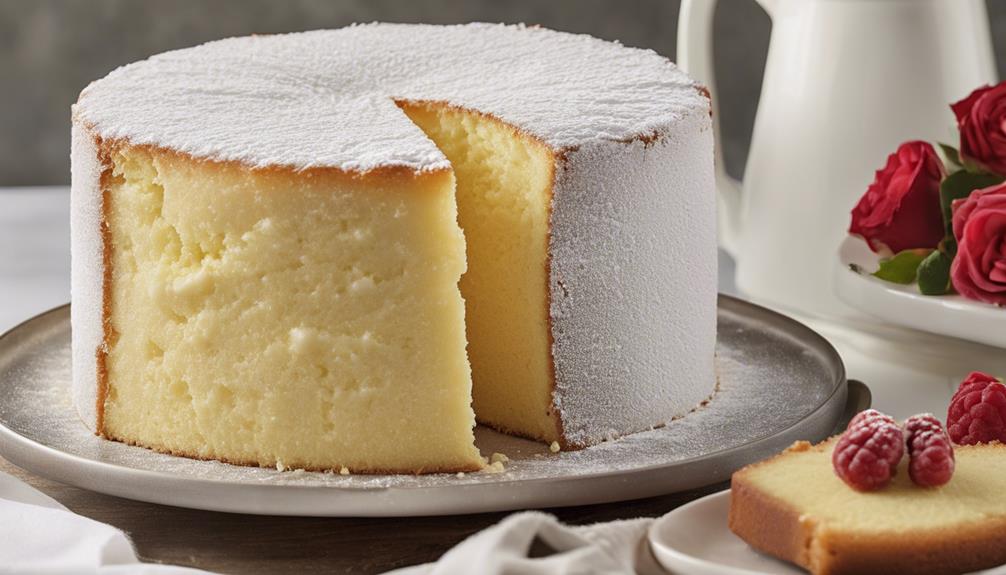
In mastering the art of baking pound cake, the creaming method plays a pivotal role in achieving its dense and moist texture. When preparing a butter cake, incorporating whipped egg whites can further enhance its lightness and structure. Here are some essential techniques to keep in mind:
- Room Temperature Ingredients: Allow the butter and eggs to reach room temperature before starting. This helps in achieving a smooth and even texture in the final cake.
- Creaming Process: Cream the butter and sugar together until light and fluffy. This step creates air pockets that contribute to the cake's softness.
- Incorporating Eggs: Add the eggs one at a time, mixing well after each addition. This ensures proper emulsification and a uniform batter.
- Alternate Flour and Liquid: Gradually add the dry ingredients and liquids to the batter in batches. This prevents overmixing and maintains the cake's tender crumb.
- Avoid Overmixing: Once the flour is added, mix until just combined. Overmixing can result in a tough cake.
Decorating Options for Sponge Cake
For sponge cakes, creativity knows no bounds when it comes to decorating options. The light and airy texture of a sponge cake recipe provides the perfect canvas for intricate piping work using buttercream or royal icing. You can easily create layered designs with different fillings and frostings, allowing for a visually appealing and delicious treat.
Sponge cakes are incredibly versatile for themed decorations; you can shape them into various forms like flowers, animals, or abstract designs to suit any occasion. If you're aiming for a smooth, clean finish or detailed sculpting, fondant is an excellent choice for decorating sponge cakes, especially for special events.
Bear in mind the event theme when decorating a sponge cake to make sure that the decorations complement the overall aesthetic. Let your imagination run wild and have fun exploring the endless decorating possibilities with sponge cakes!
Decorating Options for Pound Cake
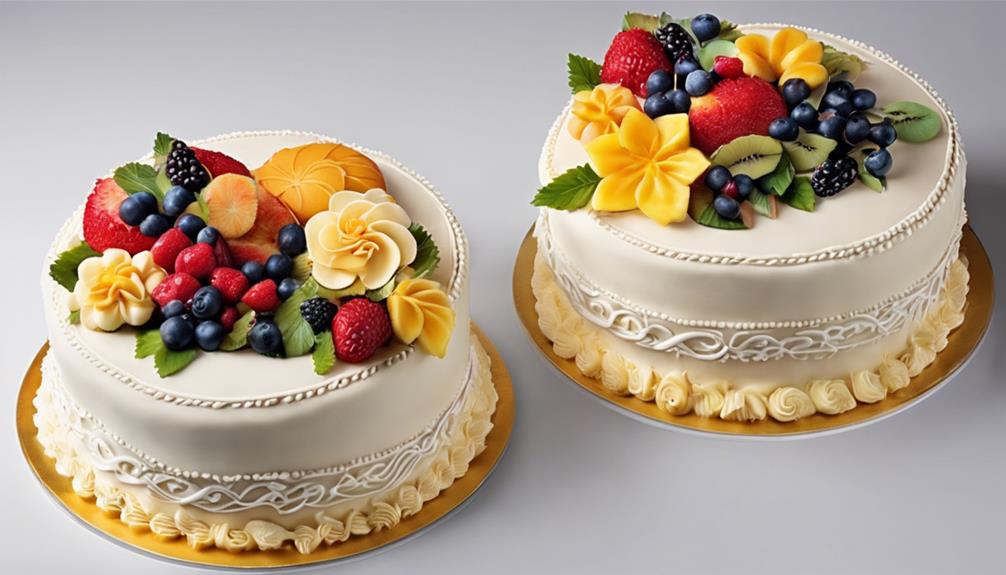
When decorating a pound cake, the dense and stable texture opens up a world of possibilities for elaborate designs and decorations. Here are some exciting ways to adorn your pound cake:
- Intricate Piping: Use a piping bag to create detailed designs with frosting, adding a touch of elegance to your cake.
- Fondant Coverings: Roll out fondant and drape it over the pound cake for a smooth and polished finish, perfect for special occasions.
- Sculpted Shapes: Mold fondant or marzipan into various shapes and figures to personalize your pound cake with creative flair.
- Layer Stacking: Pound cake's firm structure allows for easy stacking, enabling you to build multi-tiered cakes for grand celebrations.
- Frosting and Filling Combinations: Experiment with different frosting and filling flavors to enhance the decorative appeal of your pound cake, complementing its rich taste.
With these decorating options, you can transform a simple pound cake into a visually stunning masterpiece that will impress your guests.
Versatility of Sponge Cake
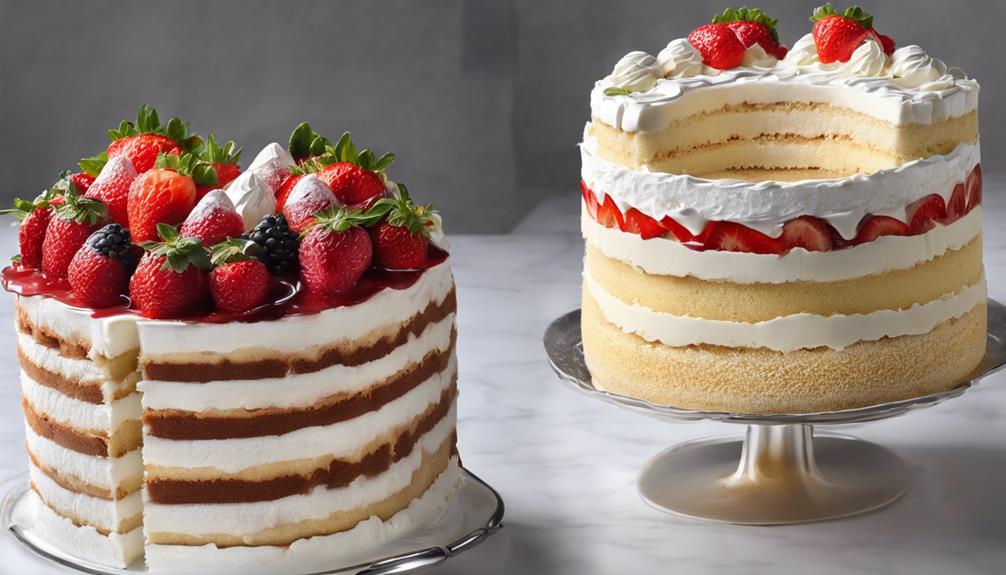
Sponge cake's versatility shines through its light and airy texture, which allows it to absorb flavors well, making it perfect for layering with various fillings and toppings.
Its less sweet profile compared to other cakes offers a wide range of flavor combinations and decoration possibilities.
The flexible nature of warm sponge cake enables creative presentations like rolling into logs or crafting intricate designs such as the Buche De Noel.
Light and Airy Texture
How does the light and airy texture of sponge cake enhance its versatility in creating delectable desserts and intricate designs?
Well, when you think of sponge cake, imagine a fluffy cloud-like treat that can be transformed into various delightful creations. Here are five ways its airy texture boosts its versatility:
- Absorbs Flavors: The porous structure of sponge cake allows it to soak up syrups and flavors, resulting in moist and flavorful cakes.
- Layered Cakes: Its lightness makes it perfect for layering with creams, fruits, and more, creating decadent multi-layered desserts.
- Intricate Decorations: The soft and pliable texture of sponge cake enables intricate decorations like piping, fondant coverings, and delicate sugar art.
- Moldable Forms: Easily shapeable, sponge cake can be molded into various shapes for themed cakes or sculpted designs.
- Light Dessert Options: Ideal for light and elegant desserts, sponge cake is a top choice for sophisticated and airy sweet treats.
Absorbs Flavors Well
With its remarkable ability to effortlessly absorb flavors, sponge cake emerges as a culinary chameleon, adapting to a myriad of taste profiles and culinary creations. The light and airy texture of sponge cake acts as a perfect canvas for soaking up various flavors, whether it's a burst of fruity freshness, a drizzle of decadent syrup, or a dollop of creamy goodness. This versatility allows for endless experimentation and customization, making each sponge cake unique to the creator's preferences. The porous structure of the cake enables it to soak up liquids effectively, enhancing both taste and moisture. Check out the table below to see how sponge cake's absorbent nature makes it a standout in the world of flavor infusion:
| Flavor Infusions | Examples |
|---|---|
| Fruits | Berries, citrus fruits |
| Syrups | Chocolate, vanilla |
| Creams | Buttercream, whipped cream |
| Zests | Lemon, orange |
| Extracts | Vanilla, almond |
Ideal for Layering
Layering with fillings like cream, fruits, or jams becomes a seamless and delicious experience with the light and airy texture of sponge cake.
- Sponge cake effortlessly absorbs the flavors and moisture of fillings, creating a harmonious blend of tastes in each layer.
- Its spongy nature allows for a perfect balance of softness and structure, ensuring a delightful eating experience with every bite.
- When warm, sponge cake is flexible enough to be rolled or shaped into intricate layered designs like Swiss rolls, adding a touch of elegance to desserts.
- The sturdy structural integrity of sponge cake layers can support the weight of additional layers and decorations, making it an ideal choice for elaborate layered cakes.
- Moisture retention and lightness are key strengths of sponge cake, ensuring that layered desserts remain fresh and delectable long after assembly.
Sturdiness of Pound Cake
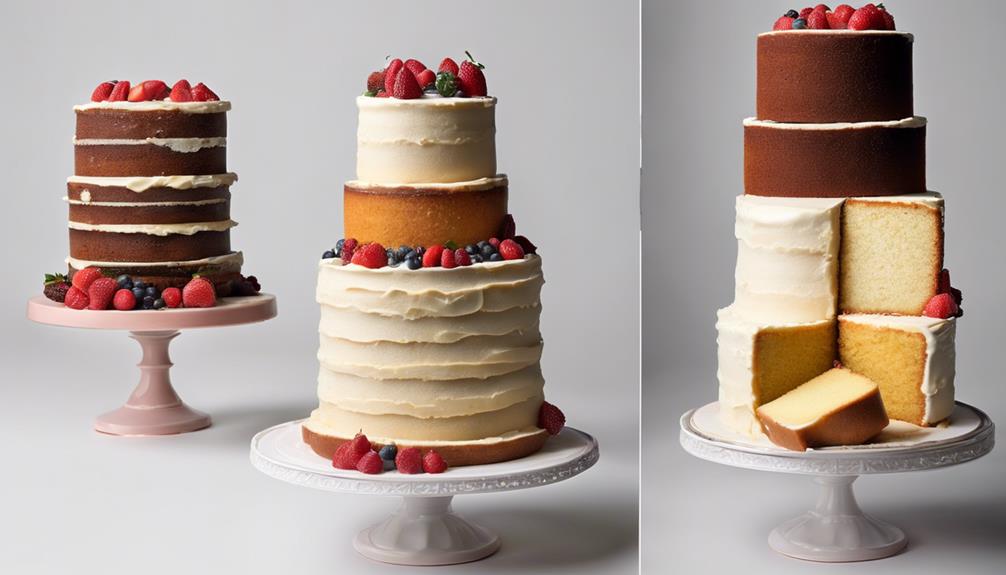
When it comes to the sturdiness of pound cake, we need to focus on its structure and density.
Pound cake's dense composition gives it the strength to support elaborate decorations and heavy toppings.
Its firm structure makes it an excellent choice for sculpted and tiered cakes that require durability and stability.
Pound Cake Structure
Pound cake's remarkable sturdiness sets it apart as an ideal choice for creating intricately designed cakes. When exploring the structure of pound cake, consider these key points:
- The dense texture of pound cake allows for elaborate designs without crumbling.
- Its sturdy composition can support multiple tiers in a wedding cake.
- The balanced ratio of flour, butter, sugar, and eggs guarantees a solid foundation.
- Pound cake's reliability under fondant and decorations makes it perfect for special occasions.
- Its versatile structure enables bakers to express creativity in crafting visually stunning cakes.
Pound Cake Density
With its dense and sturdy texture, pound cake stands out as a reliable choice for crafting intricate cake designs. The density of pound cake is a key factor in its ability to maintain shape and support elaborate decorations. This sturdiness is achieved through a high butter content that gives pound cake its solid structure, making it perfect for sculpting detailed shapes and designs.
Pound cake's firm composition allows it to withstand the weight of fondant, making it a preferred option for tiered cakes. Compared to sponge cake, pound cake's density contributes to its moist and rich texture, enhancing its suitability for heavy decorations and elaborate presentations.
When looking for a cake that can hold up under the pressure of intricate designs, pound cake's density makes it a top choice.
Occasions Suited for Sponge Cake
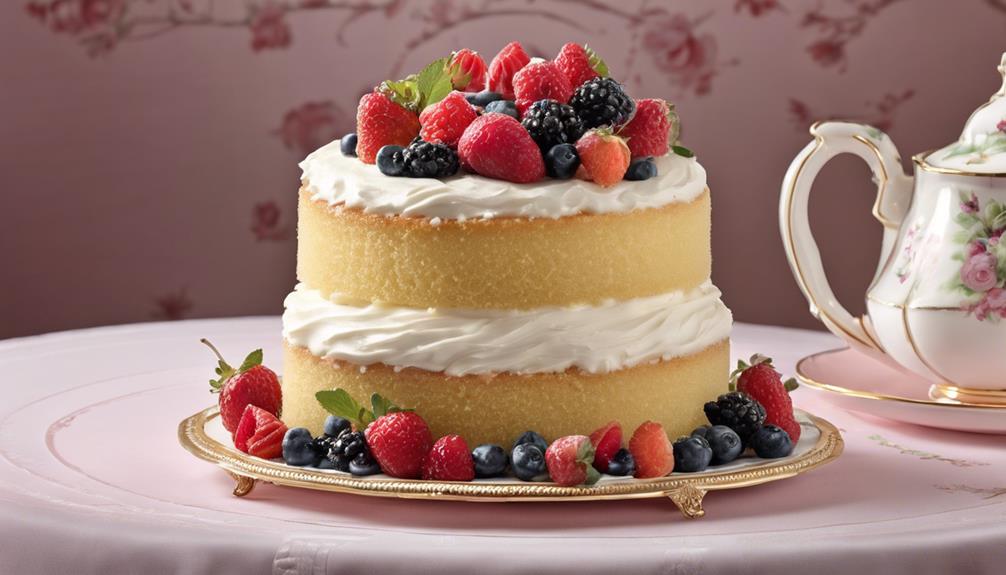
For occasions that call for a light and delicate dessert option, sponge cake stands out as a versatile and delightful choice. When considering when to serve sponge cake, here are some occasions that are particularly well-suited for this fluffy treat:
- Afternoon Tea: Pair a slice of sponge cake with your favorite tea for a delightful afternoon break.
- Birthday Celebrations: The light and airy texture of sponge cake makes it a perfect choice for a birthday party dessert.
- Picnics: Pack some sponge cake slices for a sweet and easy-to-eat treat during a picnic in the park.
- Baby Showers: The delicate nature of sponge cake fits perfectly with the light-hearted atmosphere of a baby shower celebration.
- Brunch Gatherings: Offer sponge cake as a light and satisfying option for a brunch dessert that won't weigh you down.
These occasions provide the perfect backdrop for indulging in the airy softness and subtle sweetness of sponge cake.
Occasions Suited for Pound Cake
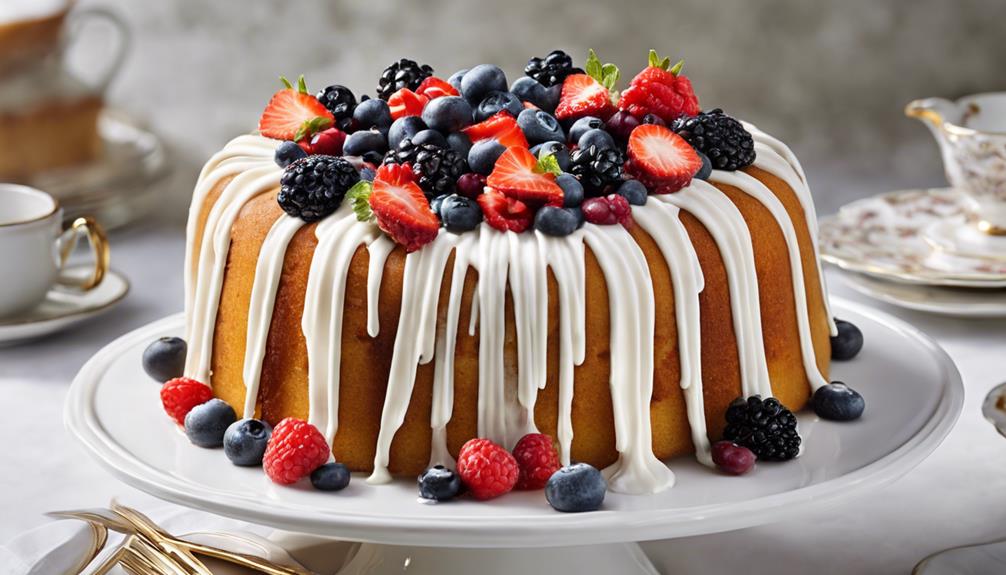
Pound cakes are ideal for a variety of occasions such as celebrations and parties. Their dense and rich texture makes them a popular choice for tea time gatherings.
Additionally, pound cakes can be a great addition to dessert buffets, offering a satisfying and indulgent treat for guests.
Celebrations and Parties
Suited for celebrations and parties, pound cake's rich flavor and dense texture make it a satisfying treat for special occasions.
- Pound cake's versatility allows for easy slicing and serving, ideal for gatherings like birthday parties or family events.
- Its dense nature holds up well to decorations, making it perfect for elaborate designs or themed cakes.
- The buttery richness and moist crumb of pound cake are popular choices for indulgent desserts at festive gatherings.
- Pound cake pairs well with various toppings, frostings, or fruits, making it versatile for customizing to suit different party themes.
- Whether it's a fancy celebration or a casual get-together, pound cake is a crowd-pleaser that adds a touch of homemade goodness to any party spread.
Tea Time Gatherings
Tea time gatherings come alive with the rich and dense pound cake, a delightful treat that pairs perfectly with a variety of tea flavors and accompaniments. The sturdy nature of pound cake makes it an ideal choice for serving at tea parties, accommodating multiple guests with ease.
Its versatility allows for creative pairings with different teas, fruits, or whipped cream, enhancing the overall experience. The balance between the richness of pound cake and the lightness of tea creates a satisfying contrast of flavors that's sure to please your guests.
Adding a touch of elegance to the event, pound cake's classic appeal is perfect for elevating the atmosphere of your tea time gatherings.
Dessert Buffets
When planning dessert buffets for special occasions like weddings or birthdays, pound cake emerges as a luxurious and versatile choice that never fails to impress guests with its rich and indulgent texture.
- Pound cakes can be elegantly sliced into dainty portions, perfect for guests to enjoy without feeling overwhelmed.
- The dense and moist nature of pound cake allows for easy customization with various flavors such as lemon, chocolate, or almond.
- Its classic appearance adds a touch of sophistication to any dessert buffet, creating a visually appealing spread.
- Pound cakes are ideal for complementing other sweet treats like fruits, whipped cream, or ice cream, offering a well-rounded dessert experience.
- The buttery and decadent taste of pound cake appeals to a wide range of guests, making it a crowd-pleaser at any celebration.
Frequently Asked Questions
What Is the Difference Between Pound Cake and Sponge Cake?
I'm here to share the difference between pound cake and sponge cake. Pound cake is richer and denser due to its butter content, while sponge cake is light and fluffy. Both have unique textures and flavors, perfect for different tastes and occasions.
How Is a Sponge Cake Different From a Regular Cake?
When I bake a sponge cake, I focus on incorporating air into the eggs for that light and fluffy texture. It's different from regular cake because it relies on beaten eggs to rise, resulting in a delicate crumb.
What Are the Three Types of Sponge Cake?
Sure, there are three main types of sponge cake: genoise, chiffon, and angel food cake. Each has its unique ingredients and preparation methods, resulting in distinct textures and flavors. It's fascinating to explore their differences!
What Is a Sponge Cake in England?
In England, a sponge cake is a light and airy dessert made with eggs, flour, sugar, and sometimes baking powder. It originated in the 18th century when beaten eggs were used for rising.
What Makes Pound Cake Different from Sponge Cake in a Showdown with Hotcakes, Pancakes, and Flapjacks?
In a hotcakes, pancakes, flapjacks showdown, pound cake stands apart with its dense, buttery texture and rich flavor. Unlike its sponge cake counterpart that is light and airy, pound cake is known for its indulgent crumb. While all three breakfast treats have their unique qualities, pound cake shines with its distinct richness and velvety mouthfeel.
Conclusion
To summarize, when it comes to choosing between sponge cake and pound cake, it ultimately depends on the texture and flavor you prefer.
Sponge cake is light and airy, perfect for celebrations and special occasions.
Pound cake, on the other hand, is dense and sturdy, great for everyday snacking.
Both cakes have their unique qualities and can be enjoyed in different settings.
So next time you're deciding between the two, consider the occasion and your taste preferences for a delightful treat.

